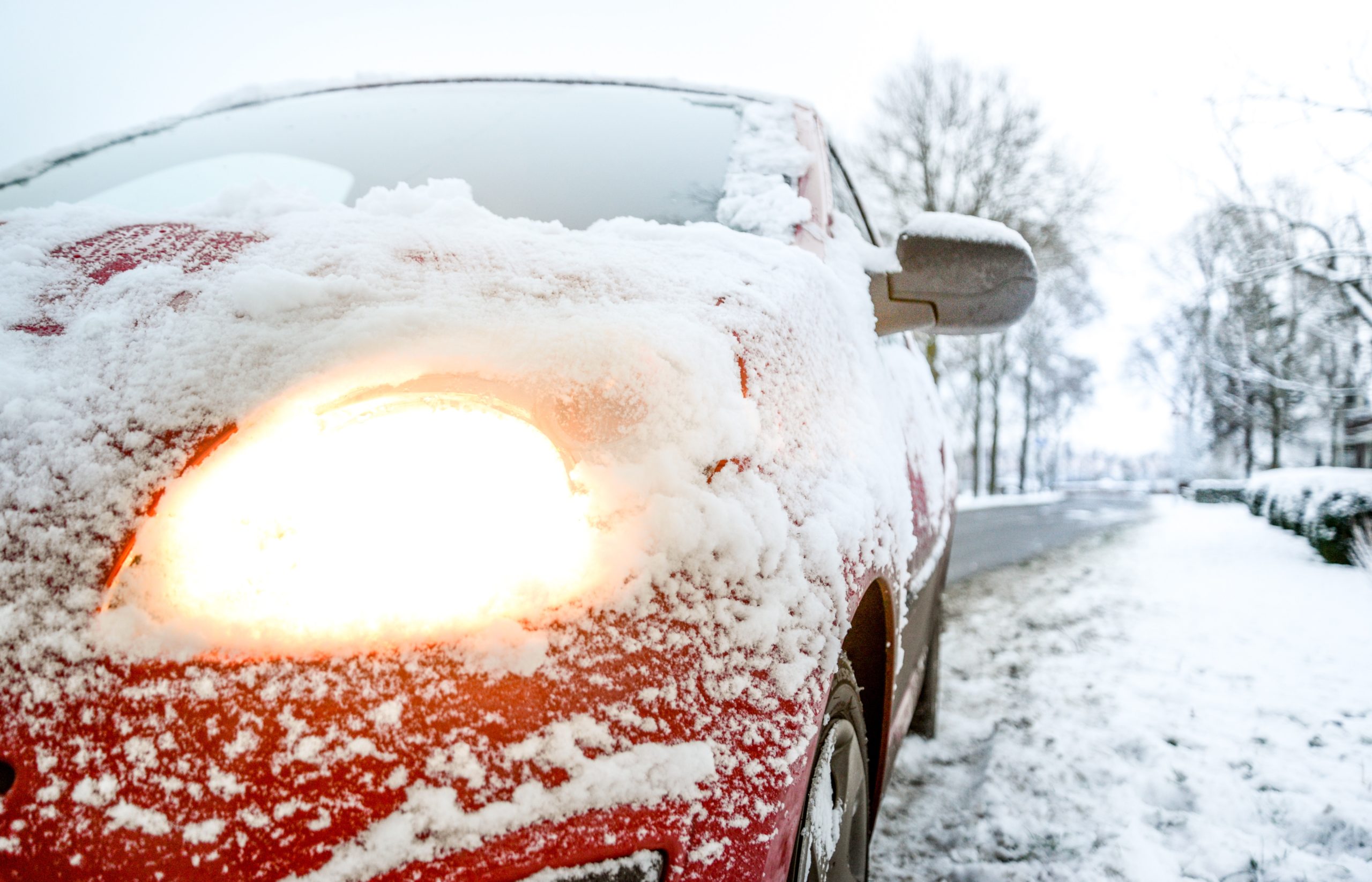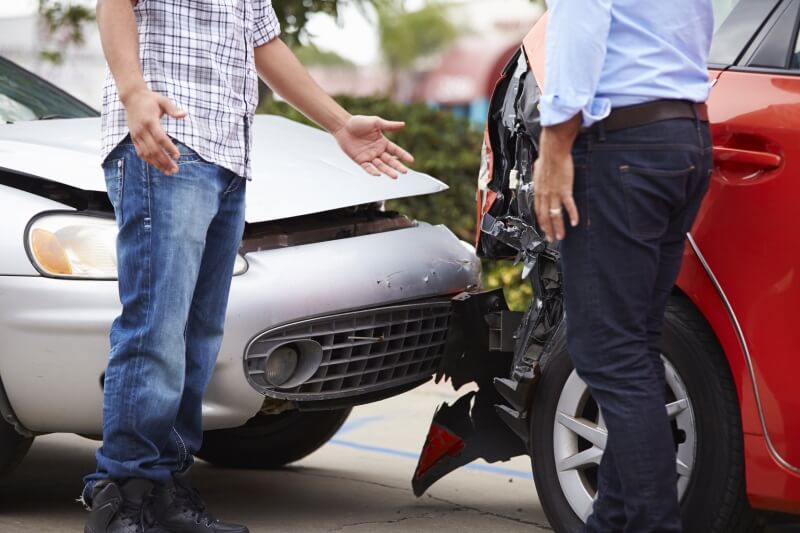Winter Driving Safety Tips

Winter weather in the Midwest can be beautiful but also somewhat unpredictable. Safe winter driving is possible with some planning and preparation. Knowing what you are facing in advance will allow you to be prepared and help ensure a safe trip.
Drivers should always practice basic safe driving skills, but especially so during hazardous winter weather. Things like wearing a seat belt, staying within the speed limit, and avoiding distractions while driving become even more important when driving conditions are less than ideal. One thing many drivers don’t consider is that you should avoid using cruise control when driving on icy or snowy roads – it’s too easy to be unaware of your speed and suddenly find yourself out of control of your vehicle. Maintaining a safe speed, even if that means staying under the speed limit, will give you more time to react and respond to icy roads or sudden whiteouts that can appear out of nowhere.
When the roads are snow or ice covered, slowing down is the number one safety tip that drivers should employ. Give yourself more time to brake, more time to maneuver, and allow more space between vehicles. This is especially true if there are snowplows on the road. Don’t follow too closely, recognize that they may occupy more than one lane at a time, and be aware that they may not be able to see you as well as you can see them. Staying behind a plow is often your best option. You may have to drive more slowly, but you’ll be on a road that’s clear of ice and snow. Getting there safely is the goal.
Certain areas of the road can be more hazardous than others during winter driving – bridges, overpasses, and ramps all have the potential for being ice covered, even when the rest of the roadway is dry. Be on the lookout for black ice on roads that appear to be clear. Illinois drivers are encouraged to check this site for continually updated information on winter road conditions and other traffic-related information. Being aware of areas that may be hazardous gives you the opportunity to re-route your trip if necessary or will at the very least give you the information you need to pass through areas of concern more safely.
Your very best safety decision is to limit travel during bad weather whenever possible. If a driving trip is necessary however, be aware of the weather and share your travel plans with family members or a trusted friend. If your cellphone is equipped with a tracking app, consider setting it up and sharing your location with people who know your travel plans.
If=f you decide you cannot avoid a trip during potentially bad weather, make sure your vehicle is prepared by doing all necessary service, checking wipers, brakes, fluids, tires, etc. For a list of winter maintenance your car needs, check this site. You should also be prepared with a few essentials like a brush and ice scraper, jumper cables, flares or reflectors, warm clothing and blankets and some non-perishable food. Read this for additional information on an emergency kit for your car.
Preparation, planning, and practicing the usual safe driving skills are all keys to arriving in hazardous driving conditions. Be safe out there!



